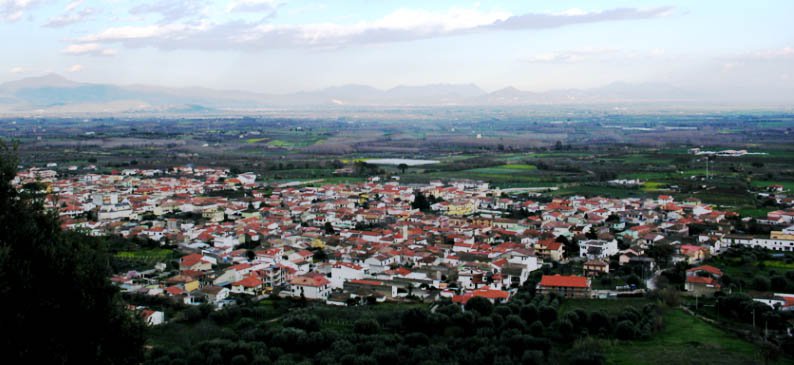We have always been told that death is inevitable, but meddling humans have passed laws in certain places which prohibit a person from dying. Yep, you read that right. First heard of in 5th century BC, on the Greek island of Delos, dying or giving birth was banned for religious reasons. Here are some places which absolutely forbid people from dying.
1. Itsukushima, Japan
The island of Itsukushima in Japan is considered holy according to Shintoism and followers are dedicated to maintaining the island’s purity by making sure that nobody dies on the island. The restriction is in place since 1878, barring people from giving birth or from dying on the island. Blood was spilled in the Battle of Miyajima in 1555, after which the commander who won, ordered the bodies of the fallen troops to be shifted to the mainland. The blood-soiled mud was thrown away and buildings scrubbed clean of blood.
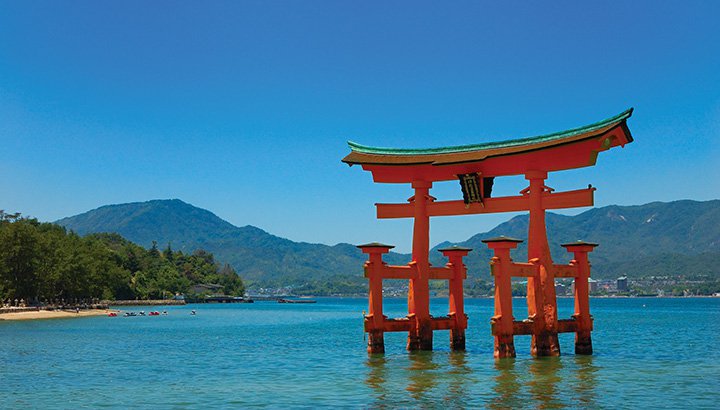
2. Sellia, Italy
Only five hundred and thirty seven people now live in Sellia and most are over 65 years old. In the 1960s, the population was triple that number. The mayor, worried about the town dying out, decreed that all people are ‘forbidden to get ill within the municipality’ and that ‘dying is prohibited’. It was essentially meant as a well-intentioned gesture on the mayor’s part, encouraging people to take care of their health more prudently. Those not complying with regular health checkups are fined to the tune of ten euros a year.
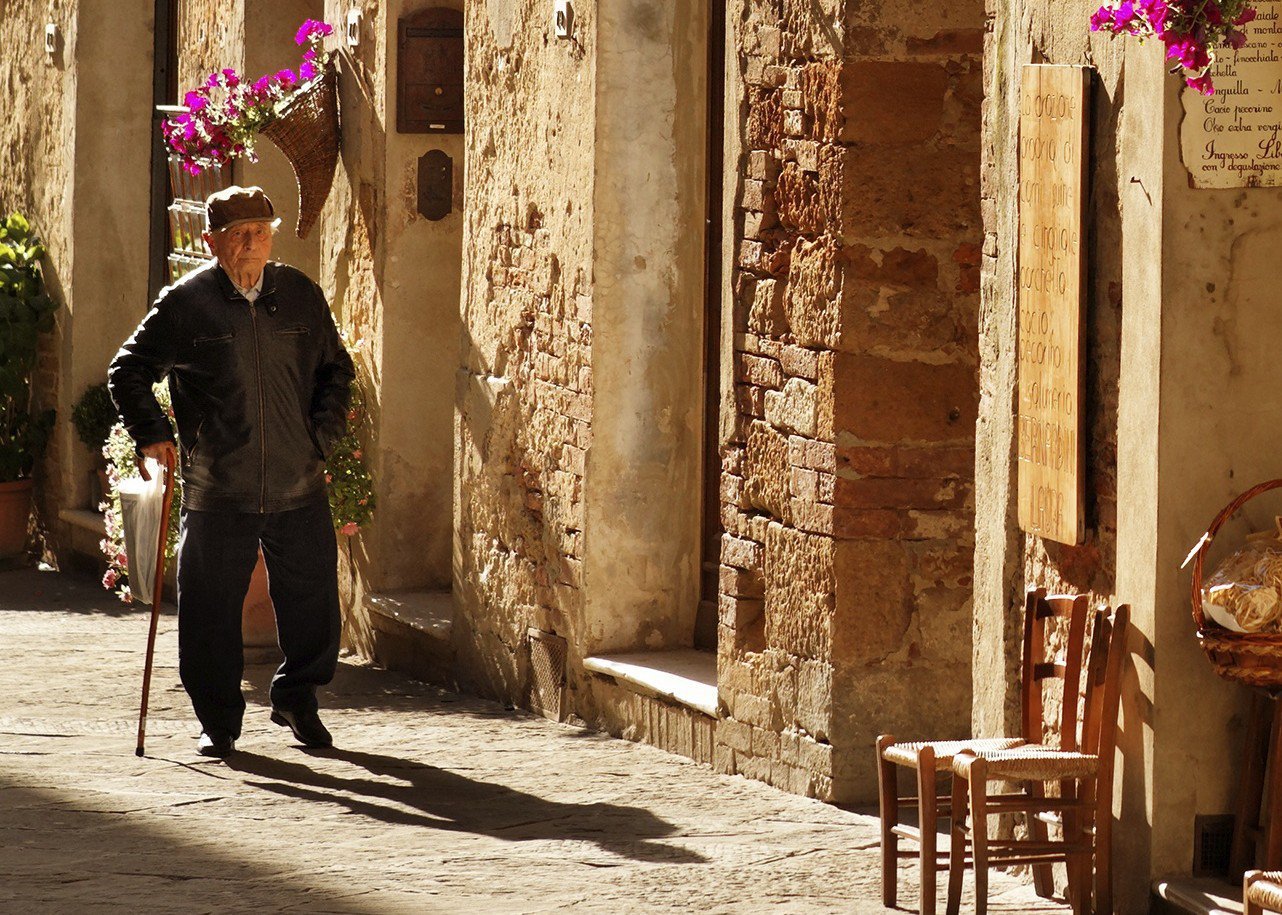
3. Lanjaron, Spain
The 4000 residents of the Andalucian village of Lanjaron have also been forbidden to conk off. The law was more of a cheeky response to opponents who were looking for a quick fix to the problem of unavailability of burial space. The law remains in place till the government provides land and money to the villagers to build a cemetery.
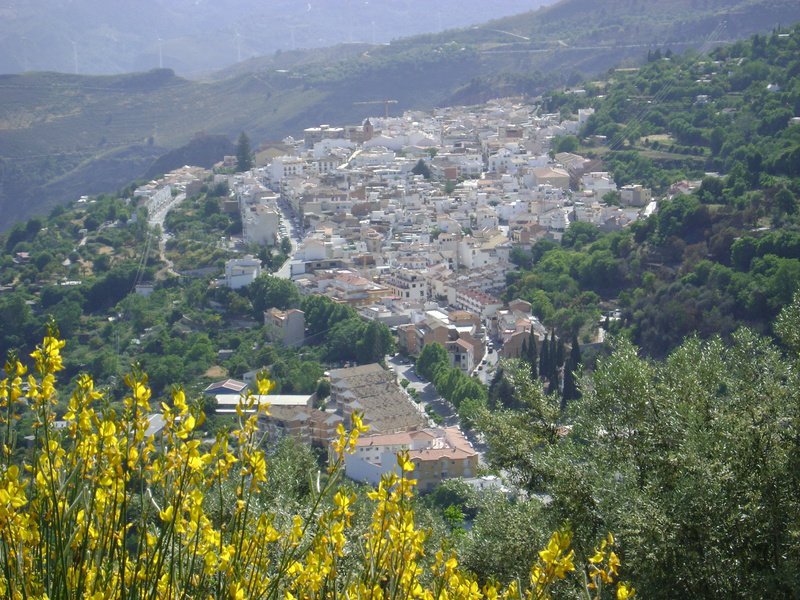
4. Longyearbyen, Norway
The frozen town of Longyearbyen in the Svalbard Islands of Norway has a completely different reason to ban deaths in the area. The bodies there never decompose. Due to permafrost, dead bodies were completely well preserved and did not decay. In fact, live samples of the virus of the Spanish influenza epidemic in 1917 were taken from bodies buried there. People who are gravely ill or about to die are taken to different parts of Norway.
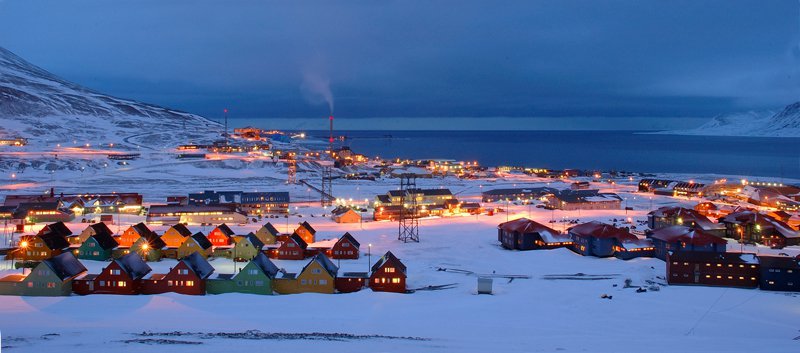
5. Falciano del Massico, Italy
The town of Falciano del Massico in southern Italy, had no space to bury their dead. The mayor had issued a statement which said, ‘It is forbidden for residents to go beyond the boundaries of earthly life, to go into the afterlife’. There were disputes over a cemetery with the neighbouring town until the mayor decided to build one. People had been forbidden to die until then.
